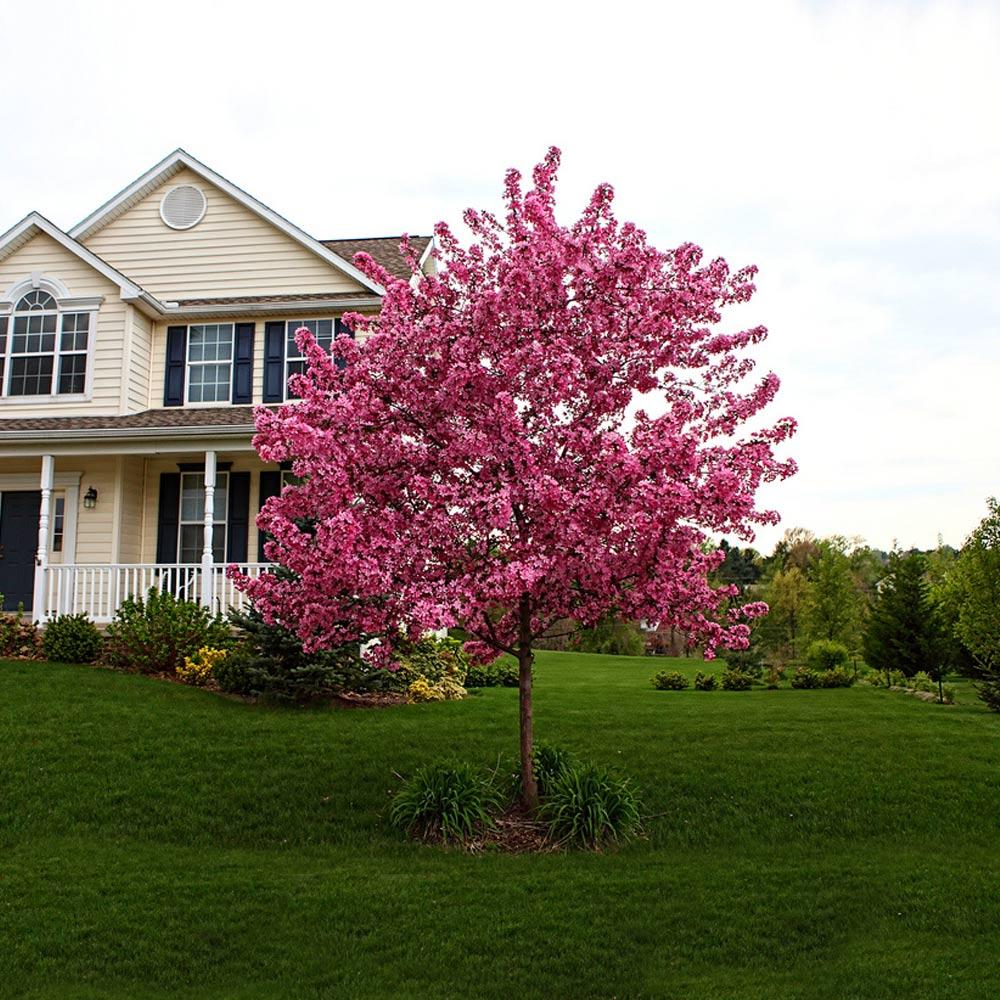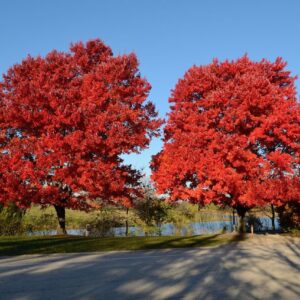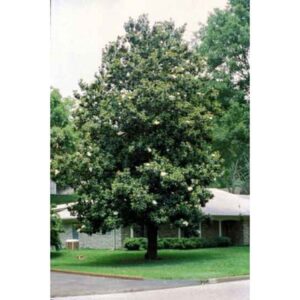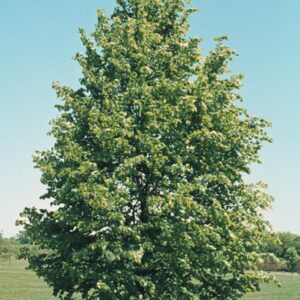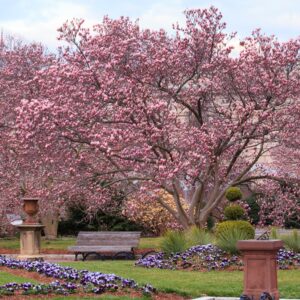Description
Flowering Crabapple Characteristics
There are many cultivars of Flowering Crabapple, each with their own unique qualities.
'Prairifire' (pictured) have thick foliage that naturally grows in a circular pattern. Rich pink and fragrant flowers bloom in spring. The flowers give way to small crabapples, a berry-like fruit.
'Snowdrift' naturally has a rounded shape and white flowers in spring. The leaves are glossy and dark green.
'Indian Magic' produces dark pink/purple flowers. The fruits are more elongated than most and last well into winter.
'Sutyzam' SUGAR THYME have branches that reach more horizontally than other cultivars. This creates an oval appearance at the top of the trunk. Fragrant white flowers cover the tree in spring. The dark green leaves are oval and serrated.
'Harvest Gold' has branches that grow more upright than horizontal. The fruits produces are a bright golden color with dark green foliage.
There are some pest and disease issues that can plague Flowering Crabapple. Diseases include scale, fire blight, rusts, leaf spot, and powdery mildew. Insect visitors can be tent caterpillars, aphids, Japanese beetles, borers, scale, and spider mites.
-
USDA Climate Zone
Zones 4 - 8
-
Height
15.00 - 20.00
-
Spread
15.00 - 20.00'
-
Bloom Time
April
-
Water
Medium
-
Sun
Full Sun
-
Maintenance
Low
-
Deer Resistant?
No
